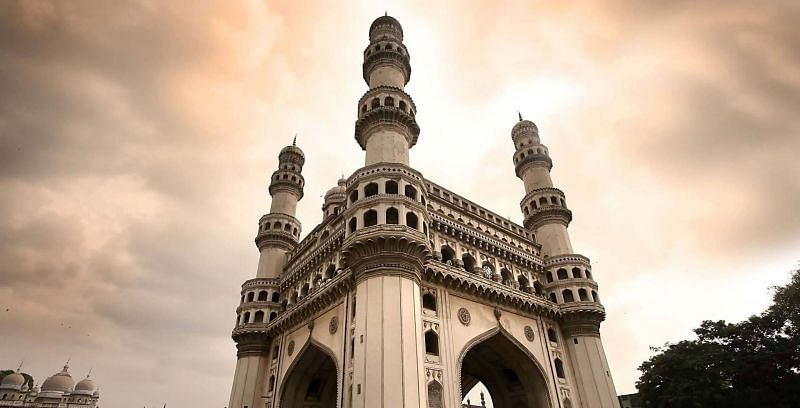
Hyderabad: The lost Pearl of Indian Football
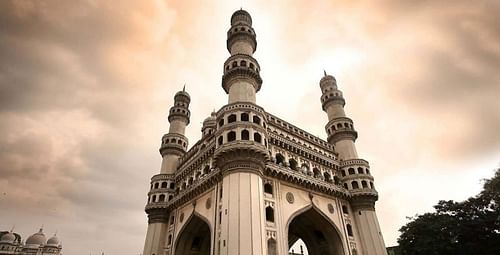
Hyderabad stands out among the Indian cities for one fact – it has given the nation a lot of “non-cricket” sportspersons. Sania Mirza, Saina Nehwal, P.V. Sindhu, and so on, the list is very long. And it’s natural for the Hyderabadies to be proud that their city contributes immensely to the diversity of Indian sports.
But they all are completely ignorant of one fact that would make them prouder – Hyderabad was once upon a time a “Football Factory”, which produced some of the finest players, teams and coaches that India has ever seen. A Factory so big that, had it existed today, Hyderabad would be sharing the tag of “The Football Capital of India” with Kolkata.
A Late-yet-Perfect Start:
Football started quite late in Hyderabad, in the 1920s, thanks to the local rulers who introduced it. Though late in arrival, it robbed the hearts of the Hyderabadies the moment they came to know of it. With the intention of giving a professional touch to this rapidly-growing passion for the game, the Hyderabad Football Association (HFA) was formed in 1939.
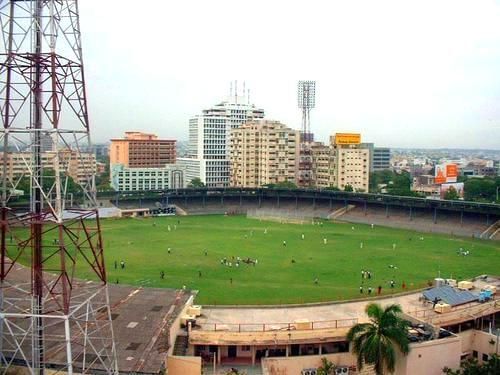
The HFA’s formation was followed by the emergence of several clubs in Hyderabad. Clubs like the Secunderabad Blues, Ordinance Factory, Osmania University, Hyderabad Police Club etc. made their entry into the game.
HPC and the Golden Age:
Anyway, out of all these clubs, the Hyderabad Police Club (HPC) a.k.a City Afghans stood out to become the most feared club – not just in Hyderabad, but all over India. The way it dominated over other teams, by literally decimating them, made this club famous all across India.
Many believe that HPC’s glory started in the year 1943, when it beat the Royal Air Force Football Team 2-1 to clinch the Ashe Gold Cup. What followed next was a demolition drive that earned this team the “most feared” tag.
This demolition drive saw it beat Mohun Bagan to win the 1950 Durand Cup, clinch the Rover’s Cup for 5 consecutive years from 1950-54, win the State League Championship for 11 successive years, and a lot more.
Another feather in the HPC’s cap is the fact that it won all the 12 national tournaments it took part in, in the years 1950, 57 and 59. Such sort of domination-cum-demolition reminds us of only one club – Bayern Munich, and it wouldn’t be an exaggeration to call the HPC as “The then Bayern Munich of India”.
"Rahim Saab":
Two persons deserve much of the credit for HPC’s remarkable run – Robert Andrew Fruval and Syed Abdul Rahim. Fruval, donning the role of both captain and coach, guided HPC to glory from the time the club was established. He later handed over the baton to Syed Abdul Rahim a.k.a Rahim Saab – who is today known as “The Architect of Modern Indian Football”.
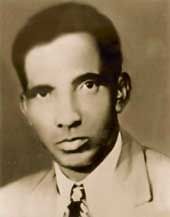
In addition to being the HPC’s first full-fledged coach, Rahim Saab simultaneously held two other important posts – coach of the Indian National Football Team and the Secretary of the Hyderabad Football Association (HFA). This fact itself shows the remarkable qualities that he possessed – both of a coach and an administrator.
For the Nation:
It’s not that Hyderabad made its name just in the Club level Football. It has also contributed immensely to the Indian National Football Team. The Indian National Teams of the 50s and 60s, in what was called the “Golden Era of Indian Football”, comprised of several Hyderabadies.
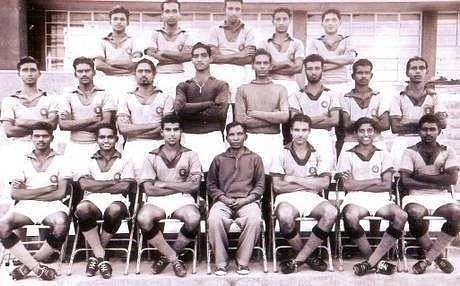
The Indian Teams of 1952, 1956 and 1960 Olympics had 3, 8 and 6 Hyderabadi players in them respectively. Not to forget the fact that the Indian team’s 4th place finish at the 1956 Olympics is its best ever performance.
And then, there is Rahim Saab once again. Any achievement of Indian Football stands incomplete without his mention, and same is the case with the Indian Team. Rahim Saab, being the coach, was the brain behind all those exploits by the Indian Football Team in its Golden Age. His unconventional football tactics coupled with motivational talks worked wonders.
And the Tree fell down at last:
The Golden Age of Indian Football coincided with that of the Hyderabadi Football. Again, Rahim Saab happens to be the reason for this. Avoiding his mention anywhere is really an impossible thing. Impossible because Rahim Saab was like a tree, whose branches had two birds upon them – one named Indian Football and the other one, Hyderabadi Football.
One day, this tree fell down, so did the birds upon it, never to get up.
Syed Abdul Rahim died in 1963, a year after leading India to capture Gold at the 1962 Asian Games. And with his death, both Indian and Hyderabadi Football fell into a mess. The Indian Football anyhow managed to survive, but Rahim Saab’s departure dealt a death blow to Hyderabadi Football.
The Hyderabad Police Club lost its dominance that had once made it famous all over India. Instead, it was now fighting for its survival, a fight that it eventually lost. The HPC’s fall drew a curtain over the whole Hyderabadi Football, a curtain that hasn’t been lifted since then.
Today, almost no one knows about this tragic tale except the Football Grounds of Hyderabad, which still cry for the good old days – the days when history used to be made upon them.